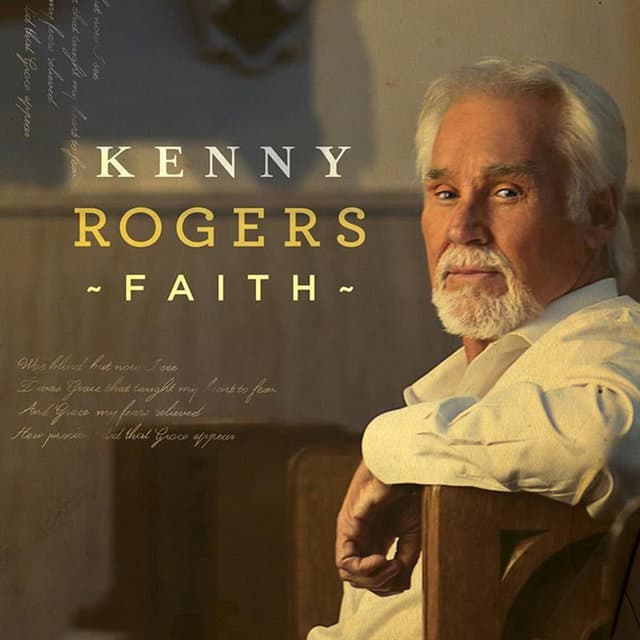
When Friendship Deepens into Something More Profound
Let’s cast our minds back to an era when country music truly spoke from the heart, delivering narratives that resonated with genuine emotion and the lived experiences of everyday folks. In that beloved landscape, few voices held as much warmth, wisdom, and undeniable charisma as that of Kenny Rogers. He was a storyteller par excellence, a performer who effortlessly bridged country and pop, making his songs feel like conversations with a trusted friend. Today, we’re recalling a particularly poignant tune that captures that delicate, often confusing, transition from casual camaraderie to something far more deeply felt: “Love or Something Like It.”
“Love or Something Like It” was released in 1978, a period when Kenny Rogers was an absolute powerhouse, solidifying his status as one of music’s biggest crossover stars. The song served as the title track for his album “Love or Something Like It,” which was a monumental commercial success. The album soared to number 1 on the Billboard Top Country Albums chart and also performed exceptionally well on the Billboard 200, reaching number 21, showcasing Rogers’ broad appeal beyond the country genre. As a single, “Love or Something Like It” continued Rogers’ incredible run of hits, reaching number 1 on the Billboard Hot Country Singles chart. This achievement marked his sixth number one country hit, further cementing his place as a dominant force in the industry. The song’s widespread popularity proved that audiences were captivated by his sincere delivery and the relatable themes he explored, making it a staple on both country and adult contemporary radio stations.
The story behind “Love or Something Like It” lies in the brilliant songwriting of Steve Glassmeyer and Lari Goss. These talented writers crafted a narrative that perfectly suited Kenny Rogers’ unique ability to convey heartfelt emotion with understated sincerity. The song’s genesis likely stemmed from the universal experience of a relationship evolving beyond initial expectations. It captures that often-unspoken transition where a comfortable friendship begins to deepen, stirring feelings that are both exciting and a little disorienting. Rogers, with his knack for inhabiting the characters in his songs, brought an authentic vulnerability to the lyrics. His delivery made the listener believe he was truly grappling with these burgeoning emotions, adding layers of relatability to the track. It was a theme that resonated deeply with his audience, many of whom had surely navigated similar personal journeys where a bond slowly, almost imperceptibly, shifted into something more profound and romantic.
The meaning of “Love or Something Like It” explores the subtle, sometimes confusing, but ultimately beautiful progression from platonic affection to genuine romantic love. It’s about that moment of realization when a comfortable friendship or acquaintance begins to transform into something deeper, something that feels undeniably like love, even if the singer is still trying to define it. The lyrics capture the internal monologue of someone grappling with these new feelings: “It may not be love, but it’s something like it / This feeling for you, I can’t deny it.” There’s a hesitancy, a touch of wonder, and a sense of pleasant surprise in this discovery. It speaks to the slow burn of affection that grows from shared experiences and mutual understanding, rather than immediate, explosive passion. For older listeners, this song vividly evokes memories of those relationships that started casually, perhaps over shared interests or simply daily routines, only to blossom unexpectedly into a profound connection. It reminds us that love often arrives not in a sudden flash, but in quiet moments of dawning realization, proving that some of the most enduring loves grow from the deepest friendships.
Listening to “Love or Something Like It” today, it washes over you with Kenny Rogers’ signature warmth and effortless charm. The arrangement is smooth and polished, typical of his late 70s output, with a gentle rhythm section and tasteful instrumentation that perfectly supports his warm baritone. His vocal performance is nuanced, conveying both the gentle uncertainty and the blossoming affection described in the lyrics. It transports us back to a time when songs didn’t need elaborate theatrics to convey deep emotion, relying instead on honest storytelling and an authentic voice. This song remains a testament to Rogers’ enduring appeal and his remarkable ability to capture the complexities of the human heart in a way that felt both personal and universally understood, solidifying its place as a beloved classic in his illustrious catalog.